Deck & Commander Strategies
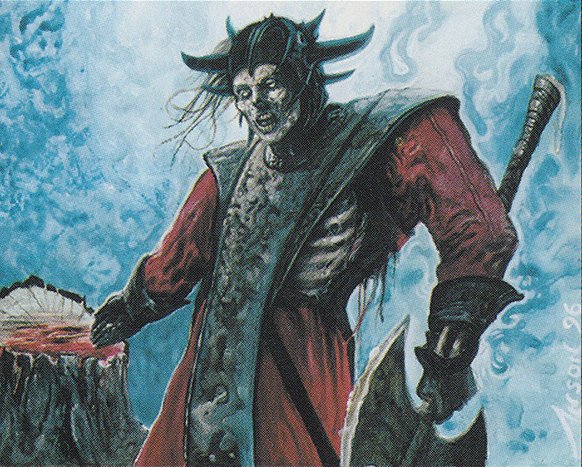
Lord of Tresserhorn
Utilize high power, low toughness creatures with harsh drawbacks to fuel Lord of Tresserhorn’s sacrifice requirement, maintaining pressure with a large 10/4 body and leveraging the life loss and card draw triggers.
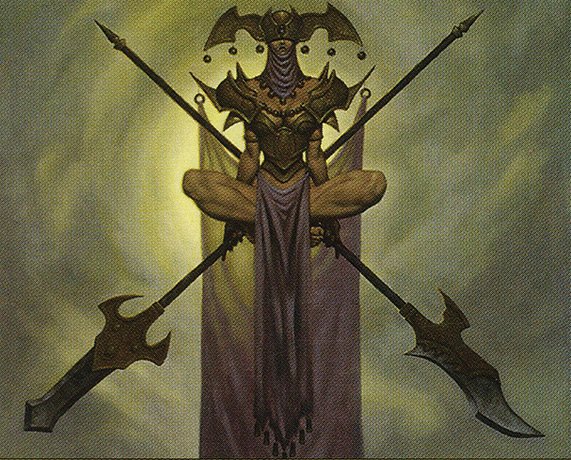
Karona, False God
Manipulate combat dynamics by discouraging opponents from attacking you, using Karona’s ability to control who attacks whom and thereby gaining political advantage and protection.
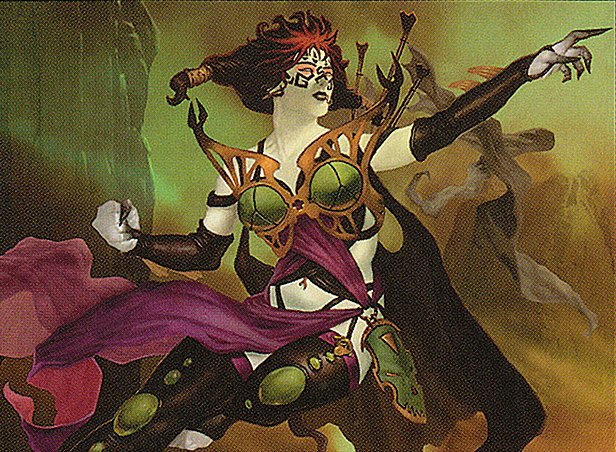
Phage the Untouchable
Circumvent the lethal drawback that causes you to lose if you cast her from the command zone by finding alternate ways to get Phage into play, aiming to leverage her powerful and disruptive abilities.
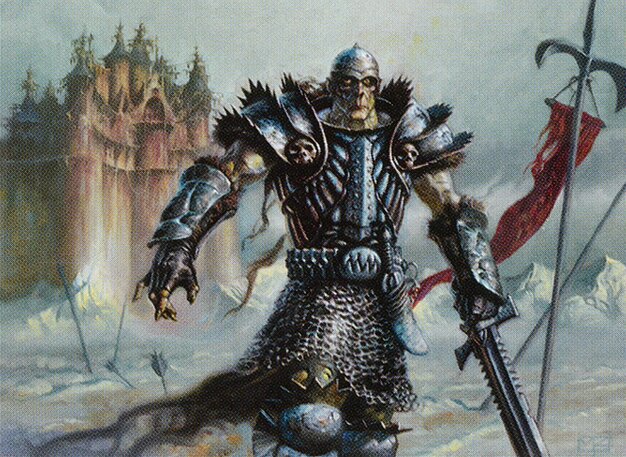
Haakon, Stromgald Scourge
Get Haakon into the graveyard and then cast from there to enable casting Knight spells from the graveyard, building a synergistic mono-black Knight tribal deck focused on graveyard recursion and tempo.
Gameplay Insights
- 1
Players debated whether to immediately kill Phage due to her lethal drawback or let her live to potentially benefit from her abilities, showing the high-stakes tension around drawback commanders.
- 2
Richard’s use of creatures with severe downsides maximized synergy with Lord of Tresserhorn’s sacrifice cost, turning a potential weakness into a resource.
- 3
Seth’s challenge was the rarity of cards that can put Haakon into the hand or graveyard without casting it, making resource management and sequencing critical.
- 4
Phil’s Karona created a political dynamic that shaped combat engagement, effectively protecting himself by controlling attack targets.
- 5
Early use of Vampiric Tutor by Seth indicated proactive searching for crucial cards to enable Haakon’s graveyard casting requirement.
- 6
The game underscored the importance of building decks that not only accommodate but also exploit their commanders’ drawbacks to create unique and powerful strategies.
Notable Cards
-
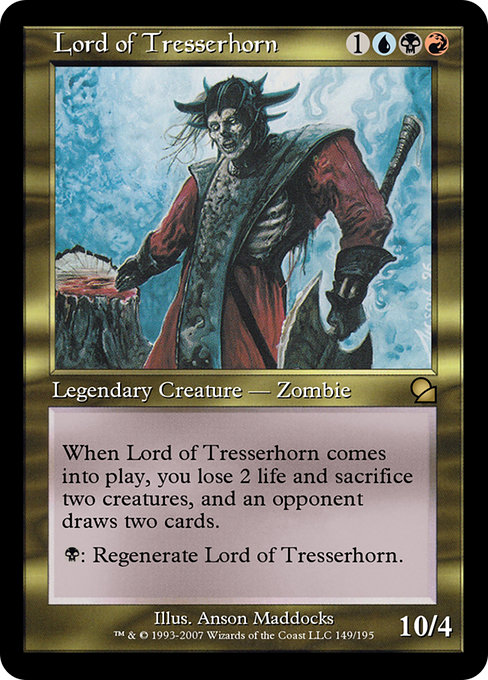
Lord of Tresserhorn
-

Phage the Untouchable
-

Haakon, Stromgald Scourge
-

Karona, False God
-
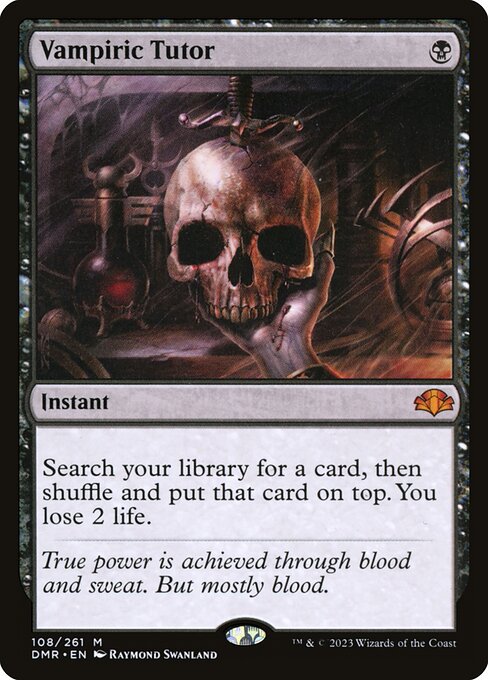
Vampiric Tutor
Gameplay Summary
The game featured four players each piloting a commander with significant drawbacks, creating a high-risk, high-reward dynamic.
Richard played Lord of Tresserhorn, focusing on leveraging its massive 10/4 body and the drawback of sacrificing creatures by building a deck full of high-power, low-toughness creatures with downsides to synergize with the sacrifice cost.
Phil ran Karona, False God, aiming to dissuade opponents from attacking him by leveraging Karona’s unique effect that manipulates combat targeting.
Krim took on Phage the Untouchable, a notoriously difficult commander that causes its controller to lose if it’s cast from the command zone, necessitating creative ways to circumvent this lethal drawback.
Seth piloted Haakon, Stromgald Scourge, which can only be cast from the graveyard, requiring methods to get it there and then capitalize on its ability to cast Knight spells from the graveyard, an archetype with a tight card pool but strong potential if executed well. Early turns involved careful positioning and interaction as players sought to navigate their commanders' drawbacks while developing board states.
The tension was high around Phage, with others debating whether to kill her immediately or let her live for strategic reasons.
Richard’s deck capitalized on Lord of Tresserhorn’s sacrifice trigger by deploying creatures with dangerous downsides to fuel both the commander and broader board control.
Meanwhile, Seth struggled with the challenge of getting Haakon into the graveyard and onto the battlefield, highlighting the unique deckbuilding constraints.
Phil’s Karona forced a political dynamic where attacks were discouraged, shaping the flow of combat and aggression.
As the game progressed, players attempted to exploit synergies and mitigate their commanders' severe penalties, leading to moments of alliance, threat assessment, and explosive plays around board presence and card draw.














![Commander VS S1E7: ??? vs ??? vs ??? vs ??? Part 2 [MTG Multiplayer] thumbnail](https://i.ytimg.com/vi/p2dReYRgN8c/sddefault.jpg)












![Herumkommandiert #05 | Halloween Commander EDH Gameplay [Deutsch] thumbnail](https://i.ytimg.com/vi/TYi-yLuHxeU/sddefault.jpg)




![Commander VS S15E2: Queen Marchesa VS Lord Tresserhorn VS Gwafa Hazid & Edric VS Saskia [EDH] thumbnail](https://i.ytimg.com/vi/cYXuLovNOrc/sddefault.jpg)
![Commander VS S14E9: Karlov VS Nin VS Selvala VS Haakon [EDH] thumbnail](https://i.ytimg.com/vi/Jf3qev5zOfo/sddefault.jpg)


![Commander VS S13E5: ??? vs ??? vs ??? vs ??? [EDH] thumbnail](https://i.ytimg.com/vi/6sqnH1IXwFY/sddefault.jpg)
![Commander VS S3E9: Nekusar vs Karona vs Xenagos vs Kiki-Jiki [MTG: Multiplayer] thumbnail](https://i.ytimg.com/vi/meqwIXTAv34/sddefault.jpg)




